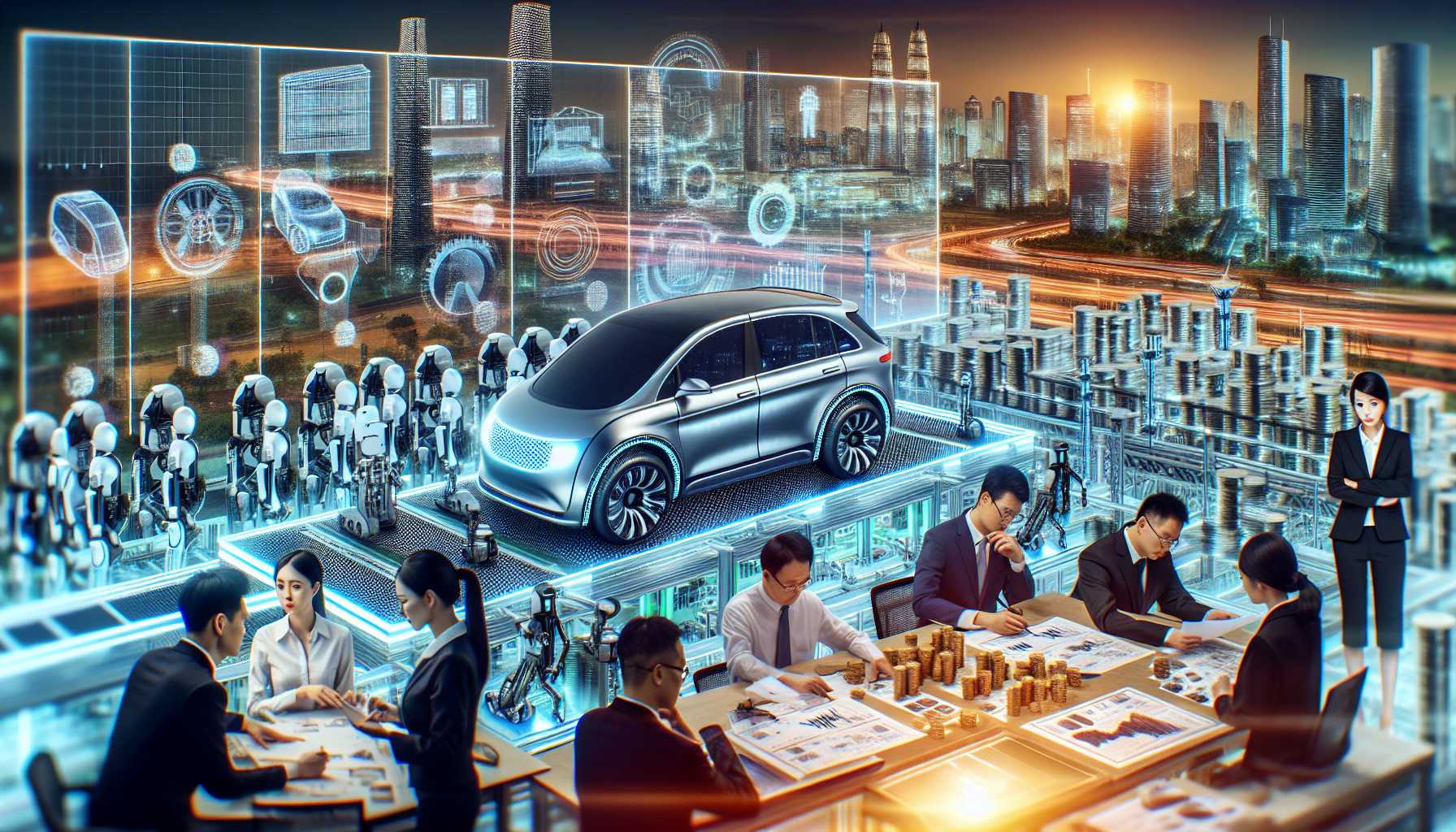The Road Ahead for Autonomous Driving in China
The narrative of China’s autonomous driving endeavors reads like a tech-thriller. Once backed by dizzying investments, China’s self-driving car industry is cruising into a slowdown lane, a stark contrast to the funding frenzy from yesteryear’s script. But it’s not all red lights and stop signs; some start-ups like Haomo.ai manage to find a green light and secure fresh funds, a clear signal that investor interest is alive, even if not as hyper as before. The Great Wall Motor-backed start-up’s recent cash injection reflects the local government’s role in championing emergent tech companies, especially as overseas VCs shy away from the Chinese market. It’s a strategic play, with provincial powerhouses like Chengdu redefining their districts into tech showcases, using private firms like Haomo.ai to wheel out cleaning and security robots as their stars. Haomo.ai’s strategic pivot prioritizes more immediately deployable ADAS for renowned clientele, aligning with other companies swerving from the distant dream of Level 4 autonomous driving toward the more concrete milestones of Level 2 and 3. The narrative remains electrifying for tech enthusiasts and investors alike, foretelling a future where autonomy co-pilots our commutes.
Streaming Success: Nvidia’s Blockbuster Earnings Reflect the AI Gold Rush
Now, let’s switch gears to the world’s AI powerhouse, Nvidia, which just floored the accelerator with earnings that not only beat but stunned analyst expectations. The tech titan is masterfully crossing the finish line with astonishing revenue from its Data Center business, thanks in no small part to its AI-centric GPUs. This success story shines a spotlight on accelerated computing and generative AI. Demand is through the roof, transitioning from the cloud-service realm into enterprise, healthcare, and even the automotive sectors. Yet it’s not an open road without traffic; concerns over competition loom large as tech behemoths like Amazon and Microsoft play catch-up. Nevertheless, with Nvidia’s stock price soaring above 200% over the last year, it’s evident that the AI revolution’s throttle is firmly pressed to the floor.
Wading Through the AI Hype: Balancing Expectations and Real Growth
Diving deeper into AI’s market landscape, analysts are casting light on a less-discussed junction: the brewing AI bubble. While Nvidia and its ilk steer AI’s tech revolution with breakneck market capitalization, experts like BCA Research’s chief strategist warn of an uncanny echo of the infamous dot-com crash. The tech sector’s valuation runs high, 75% higher than the global market average, indicative of its scorching-hot growth but perhaps unsustainable. The speculative nature of recent hype may lose its gloss if AI’s promises don’t translate into productivity gains quickly enough. This cautious narrative should impel tech savants and investors to keep their eyes peeled for the signs of an approaching correction, steering clear of potential potholes.
Missed the Super Micro Boom? AI’s Next Big Bet Awaits
If you’re looking to diversify your tech portfolio, the AI wave doesn’t stop at today’s giants. Emerging players in the field beckon with an allure for aggressive growth and innovation. While the likes of Super Micro Computer have enjoyed monumental success, forward-thinking investors are always scouting for the next big thing. Intel, while not highlighted as a top contender by Stock Advisor, underscores the strategic approach needed in differentiating between fleeting trends and stocks geared for sustained returns.
The Billionaires’ Chess Game: Political Capital in AI’s Playground
The strategic moves of tech’s billionaire class offer a revealing window into AI’s political theatre. Contributions like the Winklevoss twins’ to Fairshake PAC, and significant donations from Ripple Labs, Coinbase, and venture capital giants from a16z to Fairshake, highlight AI’s growing influence on political outcomes and legislative landscapes. These intriguing machinations in the tech arena manifest a complex chessboard where AI’s potential and risks are the players. Whether these moves signal a genuine commitment to fostering AI within a regulatory framework that fuels industry growth or a bid to shape that framework into something advantageous for incumbents—only time will unveil the checks and checkmates.
In the throes of a transformative era for self-driving tech, AI chipsets, and the consequential societal debates stemming from burgeoning tech influence, the tech narrative keeps us perpetually at the edge of our seats. As a tech investor and industry commentator, discerning these patterns and extrapolating their implications remains an exciting and essential task.





